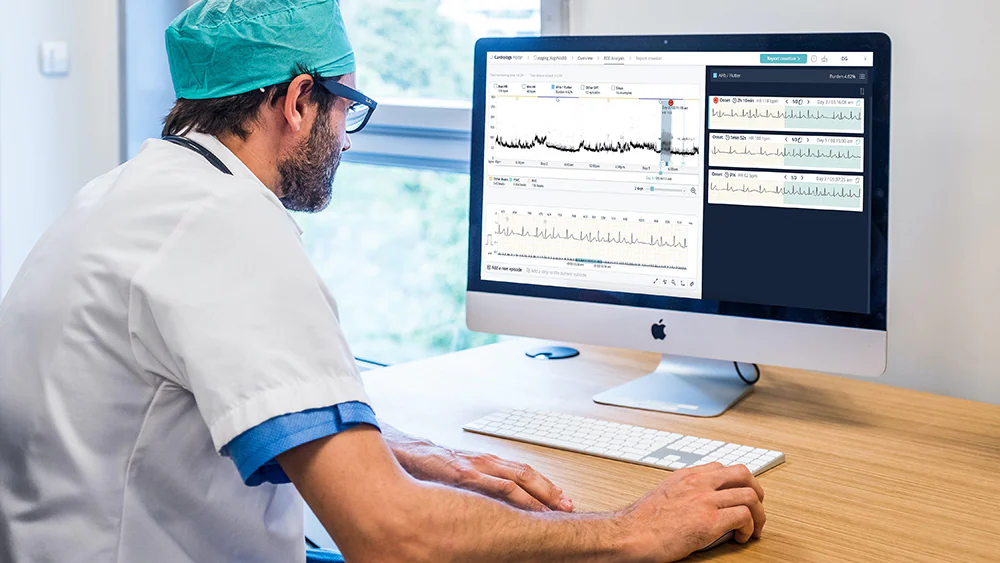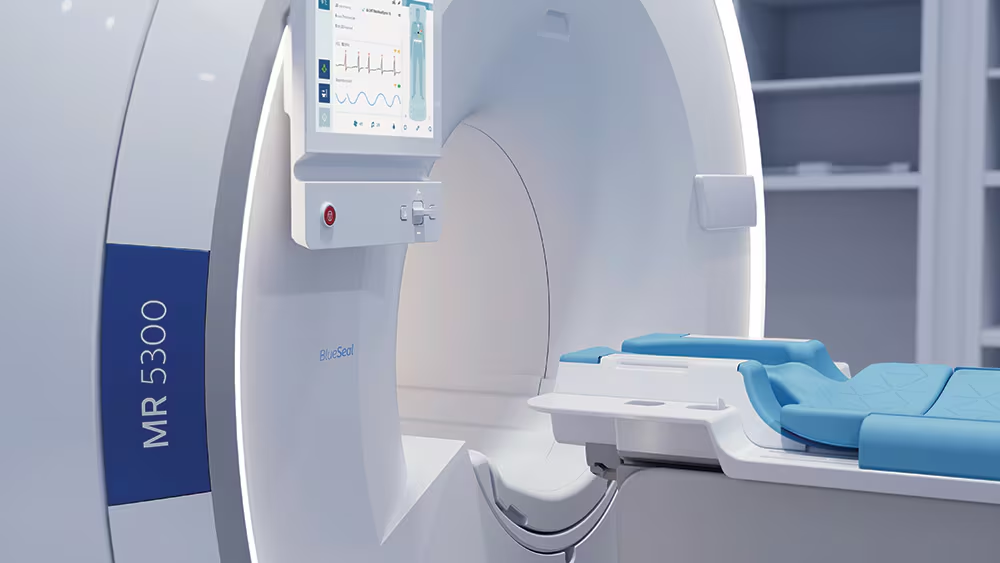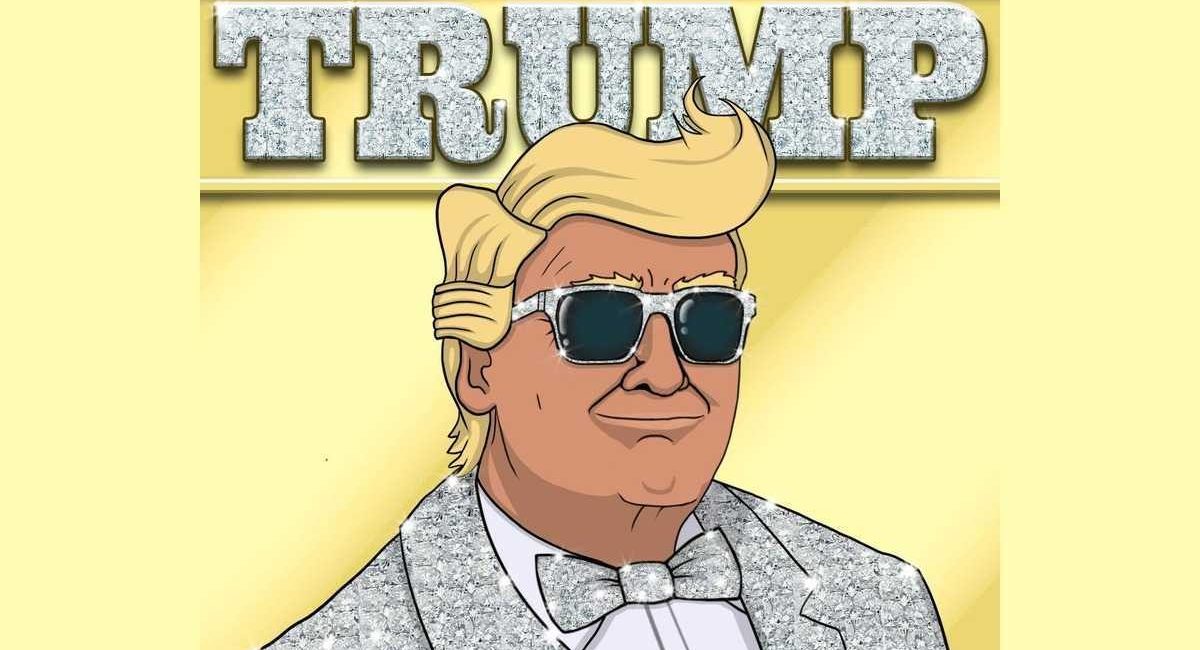Generative AI is accelerating drug discovery, improving clinical-trial planning and execution, and leading to more precision medicine therapies.
Nowadays, NVIDIA is offering a brand new set of generative AI cloud services to enable customization of AI models and accelerate drug discovery and research in genomics, chemistry, biology, and molecular dynamics. The services provide well-trained models and enable researchers to fine-tune generative AI applications on their own proprietary data.
Beyond drug discovery, generative AI could accelerate and improve clinical trials and precision medicine therapies. For example, digital modeling of clinical trials, including synthetic control groups, has recently been validated. Similarly, a tool developed by Synthesized can help researchers to expand existing drugs beyond their initial use and make medicines more accessible.
Payers are starting to use generative AI to reduce costs and improve risk management.
The UK’s National Centre for Additive Manufacturing is applying generative AI to upgrade the attribute of medical devices such as prosthetics and implements, tailoring them to meet the needs of individual patients.
In health care services, generative AI can be widely used in data analytics and software optimization. Because it acts better in flexiblity than earlier generations of AI and can be suitable in different data modes, even generate synthetic data to complement insufficient data sets. It can improve the interoperability of existing applications, including health and laboratory information management systems.
In health care services, generative AI can be particularly useful in data analytics and software optimization.
In the near future, generative AI-powered tools could be used to monitor public health and allocate relative resources. In the US, Medicaid could potentially leverage the technology to better manage allocations based on health data and forecasted need. The FDA could use it when reviewing the safety and efficacy of drugs, and generative AI could help public-health groups like Doctors Without Borders predict outbreaks and mobilize resources to minimize impact.

Reference
Boston Consulting Group. (2023, June 22). How generative AI is transforming health care sooner than expected. https://www.bcg.com/publications/2023/how-generative-ai-is-transforming-health-care-sooner-than-expected
Philips. (2022, November 24). 10 real-world examples of AI in healthcare. https://www.philips.com/a-w/about/news/archive/features/2022/20221124-10-real-world-examples-of-ai-in-healthcare.html




